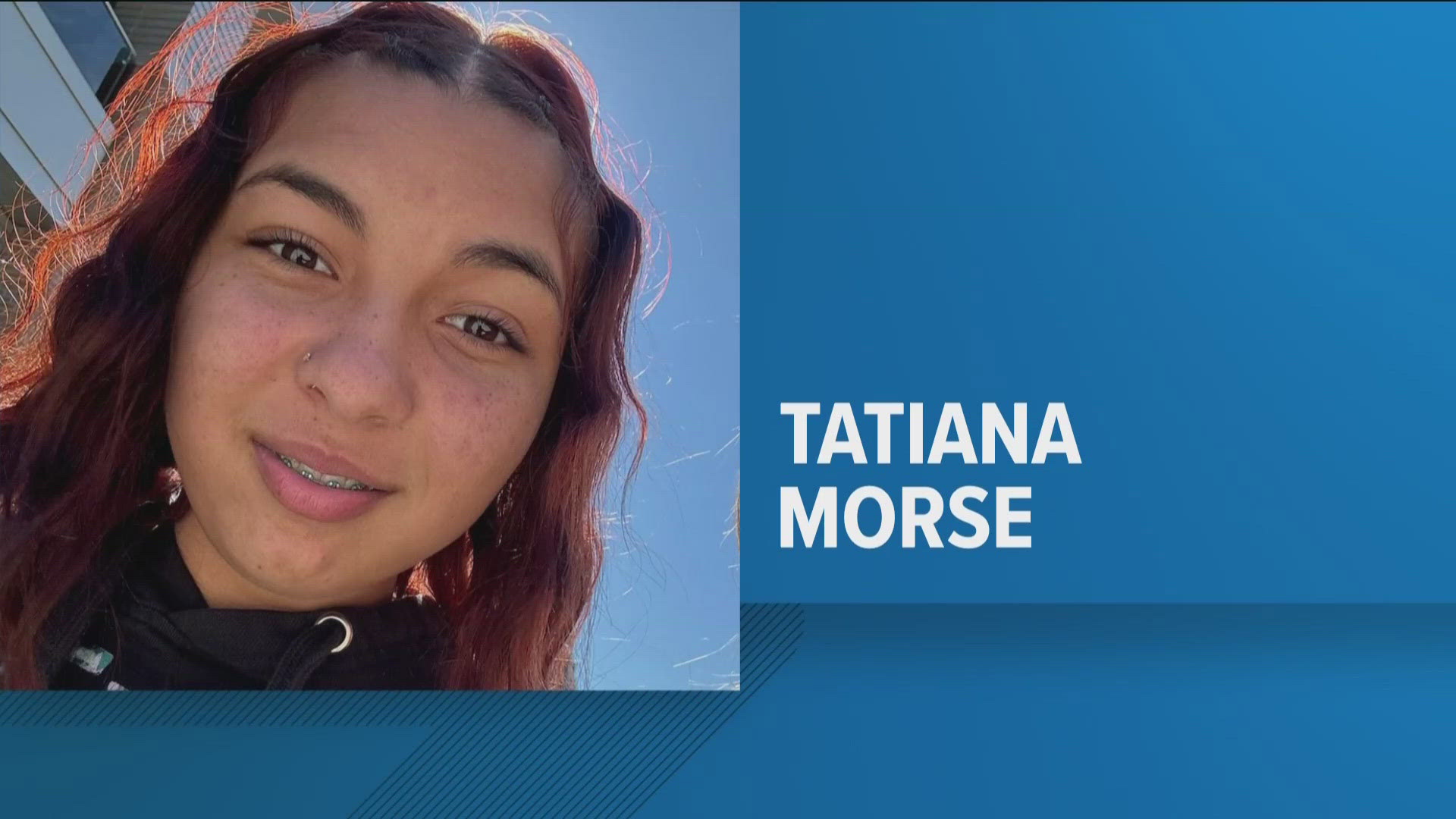When Black Lives Matter protests swept the country following the killing of George Floyd, medical experts feared a spike in COVID-19 cases tied to the demonstrations could soon follow.
However, a new economic report says while it’s possible protests caused an increase in the spread of the virus among attendees, that hasn’t yet shown up in the overall population of cities where these events occurred. In fact, these researchers believe the protests resulted in more social distancing, not less.
This is despite the large gatherings that have made up these protests, some numbering in the thousands, and the usage of pepper spray or tear gas that causes people to cough more.
The largest piece of research on this is a working paper released in June by the National Bureau of Economic Research, examining how protests affected COVID-19 trends nationwide.
Working papers such as this are circulated for discussion and comment purposes. They have not been peer-reviewed or been subject to a review board, according to the NBER.
The paper found that cities with protests generally did not show much deviation from their projected COVID-19 caseload and the actual number of new cases. Those cities also followed similar trends in case growth as cities without widespread protests.
The researchers studied 315 cities in the United States and analyzed the growth of the virus 21 days after the start of the first protest. The authors of the paper found that people not participating in protests have been more likely to stay at home while protesters are on the streets, and in doing so, offset the lack of social distancing by demonstrators.
Other possible factors considered in the report are that protesters could have mitigated spread of the virus by wearing masks or that many may not be getting tested because their symptoms could be less severe.
News outlets have reported that public health officials testing protesters in some cities found a small percentage of protesters tested positive for COVID-19 -- such as in Boston, Minneapolis and Seattle. Health officials quoted in those stories have cited widespread face covering use, the outdoor environment of the demonstrations, and protesters maintaining 6 feet of separation from each other where possible.
The nationwide study emphasized that their findings do not imply there was an increase of social distancing and a decrease in COVID-19 case growth across all parts of the population. It’s possible some groups, such as protesters, could have an increase in case growth while other groups have a decrease.
Editor's note: This article has been updated to better attribute and explain the source used in the story.



